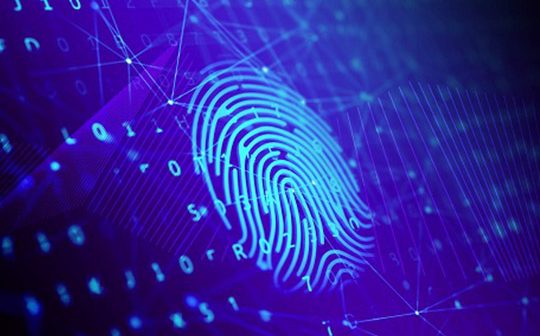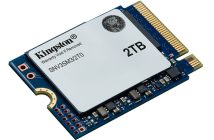
IDEMIA says it is offering the most accurate algorithms on both fingerprint and palm datasets in the National Institute of Standards and Technology (NIST)’s latest Evaluation of Latent Fingerprint Technologies (ELFT) complementary tests.
NIST ELFT is the world reference benchmark for latent fingerprint and palm print identification.
The benchmarked technology is used to identify latent fingerprints and latent palm prints found on crime scenes.
Initial tests, carried out in October, showed that IDEMIA’s algorithms are the best to deliver accurate performance for fingerprint and palm print datasets.
The original tests evaluated the ability to match fingerprints using latent images, with or without forensic expert features such as minutiae¹.
Complementary tests show the results using expert features only. They confirm that IDEMIA’s technology is the most effective and reliable for both fingerprint image-based and feature-based matches.
While crime scene latent fingerprint features are the most challenging as they are often incomplete or poor quality, IDEMIA confirms its significant outperformance in these tests, with 2 to 5 times less errors than the competitive algorithms, on most of the datasets.
“We are particularly proud of the results of these complementary tests. They illustrate IDEMIA’s ability to be consistently a leader offering the most accurate algorithms on both fingerprint and palm datasets. This is in line with our long-standing and ongoing pledge to provide law enforcement agencies with the very best systems on the market in their critical mission”, said Jean-Christophe Fondeur, IDEMIA Chief Technology Officer.
¹ Refers to specific plot points on a fingerprint that includes characteristics such as ridge bifurcation or ridge ending.





